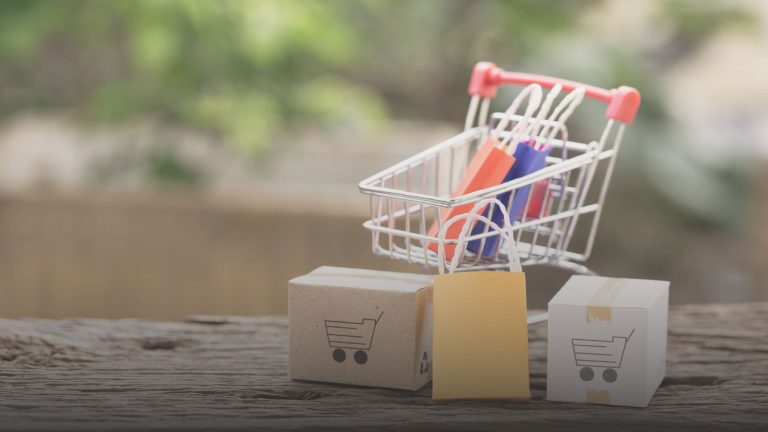
Indonesia ECommerce Metamorphosis in a post Covid world
Download This Report
Related Insights

Report
Winning the Quick-Commerce Decade: Playbook for Brand Success
Digital Marketplaces•
Sep 11 2025
Read More

Report
Festive Season 2025: What to Expect? What to Action?
Digital Marketplaces•
Aug 26 2025
Read More


Article
Quick Commerce: India’s Retail Darling or Profit Mirage
Digital Marketplaces•
Jul 17 2025
Read More

Impact Story
How Redseer Helped Rewire Flipkart’s Ad Monetization Strategy
Digital Marketplaces•
Jun 13 2025
Read More

Report
TikTok-isation of retail? Quick Commerce in Southeast Asia – the USD 35 Bn future of retail waiting to be unlocked!
Digital Marketplaces•
Apr 17 2025
Read More
Scroll Down to Load More
Loading...

